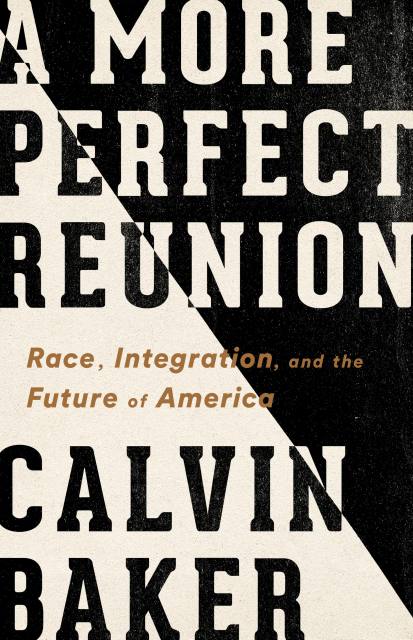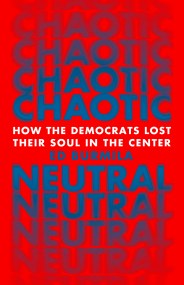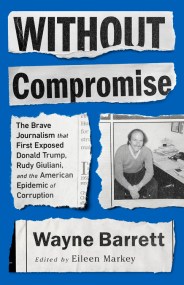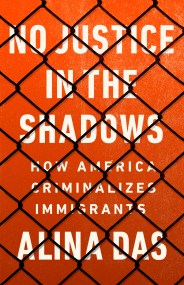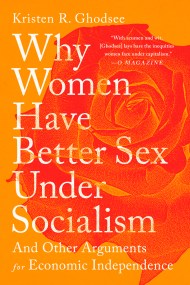Promotion
Use code MOM24 for 20% off site wide + free shipping over $45
A More Perfect Reunion
Race, Integration, and the Future of America
Contributors
By Calvin Baker
Formats and Prices
Price
$16.99Price
$20.99 CADFormat
Format:
- ebook $16.99 $20.99 CAD
- Hardcover $28.00 $35.00 CAD
- Audiobook Download (Unabridged)
This item is a preorder. Your payment method will be charged immediately, and the product is expected to ship on or around June 30, 2020. This date is subject to change due to shipping delays beyond our control.
Also available from:
Americans have prided ourselves on how far we’ve come from slavery, lynching, and legal segregation-measuring ourselves by incremental progress instead of by how far we have to go. But fifty years after the last meaningful effort toward civil rights, the US remains overwhelmingly segregated and unjust. Our current solutions — diversity, representation, and desegregation — are not enough.
As acclaimed writer Calvin Baker argues in this bracing, necessary book, we first need to envision a society no longer defined by the structures of race in order to create one. The only meaningful remedy is integration: the full self-determination and participation of all African-Americans, and all other oppressed groups, in every facet of national life. This is the deepest threat to the racial order and the real goal of civil rights.
At once a profound, masterful reading of US history from the colonial era forward and a trenchant critique of the obstacles in our current political and cultural moment, A More Perfect Reunion is also a call to action. As Baker reminds us, we live in a revolutionary democracy. We are one of the best-positioned generations in history to finish that revolution.
Genre:
-
"A rich, meditative account... Baker offers a wide-ranging and erudite analysis of U.S. history, politics, and culture.... This powerful call to action resonates."Publishers Weekly
-
"Scholarly yet accessible, this book is a wake-up call for a country that would rather celebrate how far we've come than focus on how far we still have to go to eradicate racism. Required reading for any American serious about dismantling systemic racism."Kirkus (starred review)
-
"Contemplating social problems related to race, identity, civil rights and more, a novelist proposes that the simplest, most radical solution is the complete social integration of all minorities."The New York Times Book Review
- On Sale
- Jun 30, 2020
- Page Count
- 288 pages
- Publisher
- Bold Type Books
- ISBN-13
- 9781568589220
Newsletter Signup
By clicking ‘Sign Up,’ I acknowledge that I have read and agree to Hachette Book Group’s Privacy Policy and Terms of Use
